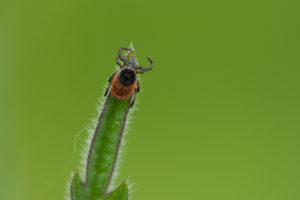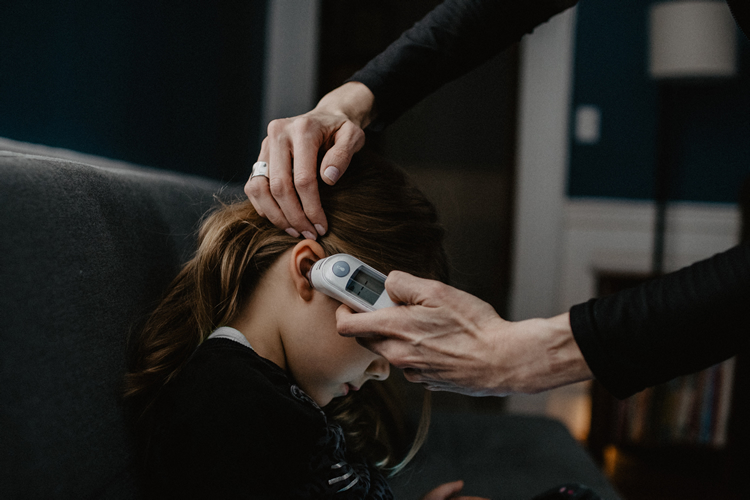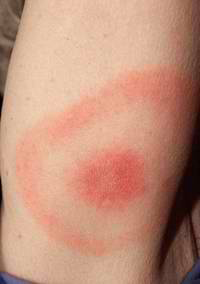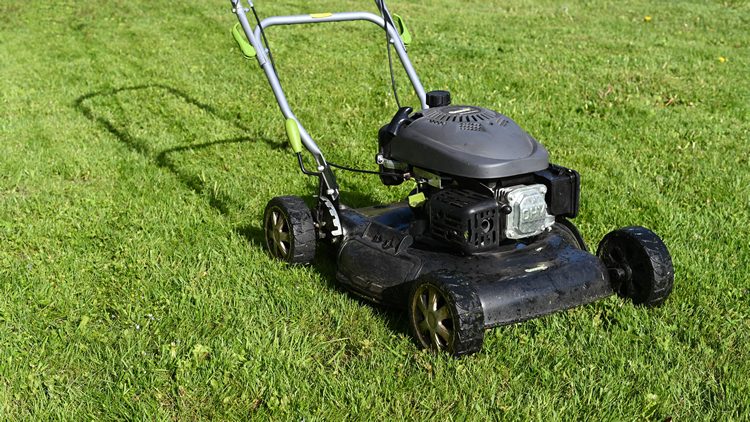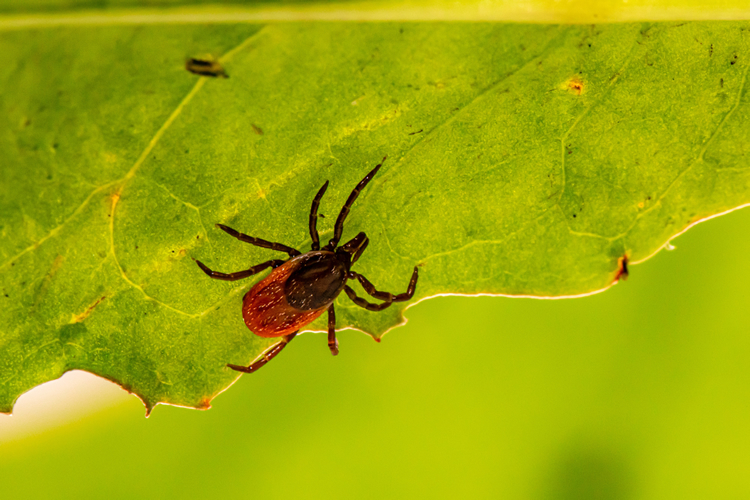I have written in the past about how Lyme disease can seem like other illnesses. Can Bell’s palsy be an indicator of Lyme infection?
Most recently, I wrote about how Lyme can be misdiagnosed as Alzheimer’s. Bell’s palsy is a relatively rare condition. There are about 200,000 known cases per year in the United States. Some cases are not as serious as others. Bell’s palsy results in muscle weakness in half of the face. Those suffering from the condition, might notice pain in their ear. Vision can also be affected. More often, Bell’s palsy results in the inability to open or close the eyelids, or control facial expressions on one side of the face. There is usually noticeable facial drooping. Bell’s palsy can also result in sensitivity to taste and smell. It is treated with anti-viral medication and steroids, but often resolves on its own within a few months. Bell’s palsy is said to rarely occur more than one time. But what if it does?

Can Lyme disease cause Bell’s Palsy?
If you have been diagnosed with Bell’s Palsy, it could be a sign of chronic Lyme disease. Chronic Lyme disease can attack the facial nerves. Recurring cases of Bell’s palsy might be a sign of stage three of Lyme disease. Seek medical attention for recurring Bell’s palsy. Your physician might recommend Lyme testing. You can have Lyme disease for years without knowing it. If your doctor does not recommend Lyme testing, ask them about it. You might also seek help from a Lyme-specialized physician for proper diagnosis.

Lyme disease occurs from the bite of an infected deer tick. A tick must be attached for about 36 to 48 hours before transmitting the bacteria that cause Lyme. Lyme disease is both the most prolific and under-diagnosed tick-borne illness at the same time. The CDC believes that the 30,000 known cases of Lyme each year could actually be ten times higher. This is because many cases are not properly diagnosed.
Does Bell’s palsy from Lyme go away?
About 5% of Lyme sufferers experience facial palsy. It can occur within a few weeks of a bite from an infected tick. This might look like Bell’s palsy, but it is not the same. Facial paralysis caused by Lyme infection should not be treated the same as Bell’s palsy. The bacterial infection of Lyme disease is treated with antibiotics. Facial paralysis caused by early onset Lyme can go away with quick diagnosis and treatment. It might take a few weeks or a few months to fully recover from facial palsy, even after treatment of Lyme is complete.
Other Causes of Bell’s Palsy
Bell’s palsy is a known result of a viral infection. There is evidence to show that recurring viral infections can inflame facial nerves, and result in Bell’s palsy. Some of these infections include herpes simplex, chickenpox, shingles, and infectious mononucleosis. If you experience signs of Bell’s palsy, seek medical assistance immediately. Facial paralysis can also be caused by stroke.
See more tick and Lyme disease questions and answers:
Avoid Lyme disease with effective tick control.

The adage, “An ounce of prevention is worth a pound of cure,” aptly applies to prevention of Lyme disease. The less chance you have of encountering an infected tick, the better. This means at-home professional tick control, and personal tick protection when you are outdoors away from home. Barrier tick spray can eliminate up to 95% of ticks around your home. The best fight against Lyme and other tick-borne illnesses is by proven tick bite prevention.
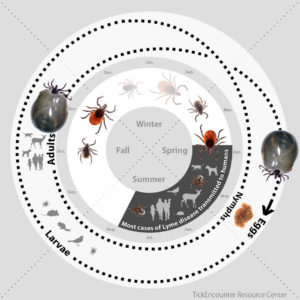
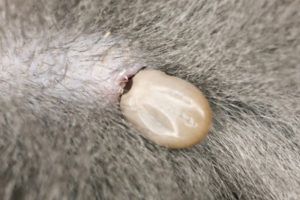
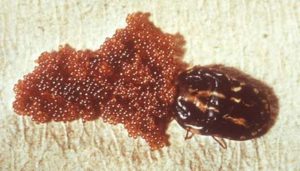
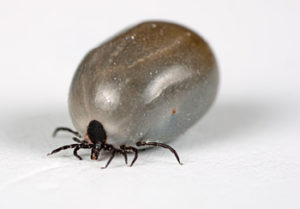
 Professional
Professional 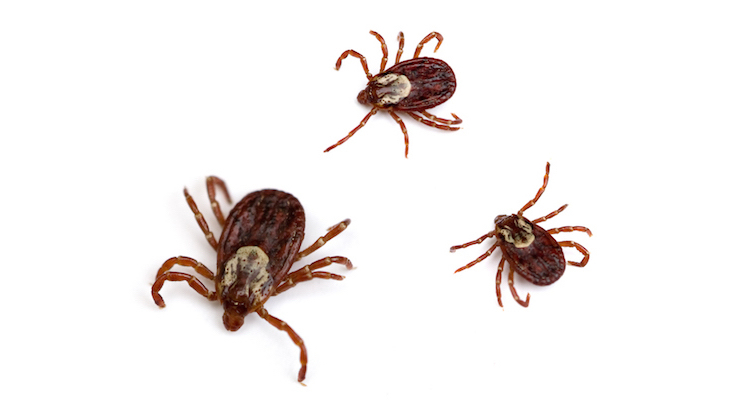



 At home Lyme prevention is available through reputable tick control companies. Professional
At home Lyme prevention is available through reputable tick control companies. Professional 



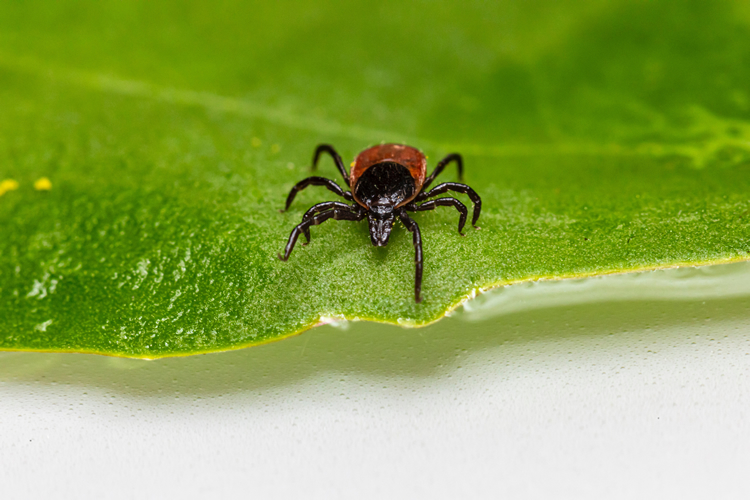

 Center for Lyme Action believes there are up to 2 million chronic Lyme sufferers in the United States. They believe the potential economic cost of Lyme disease exceeds $75 billion. Lyme is non-biased, and affects people of all ages, all walks of life. Due to the territorial expansion of tick populations, Center for Lyme Action says that ALL Americans should be worried about Lyme disease and other tick-borne illnesses. We can no longer say that tick-borne diseases are only happening in the Northeast or Southeast.
Center for Lyme Action believes there are up to 2 million chronic Lyme sufferers in the United States. They believe the potential economic cost of Lyme disease exceeds $75 billion. Lyme is non-biased, and affects people of all ages, all walks of life. Due to the territorial expansion of tick populations, Center for Lyme Action says that ALL Americans should be worried about Lyme disease and other tick-borne illnesses. We can no longer say that tick-borne diseases are only happening in the Northeast or Southeast. 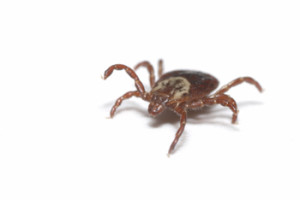 The Lyme Moonshot initiative declares that accelerating efforts to
The Lyme Moonshot initiative declares that accelerating efforts to 
 A few years ago, we learned that
A few years ago, we learned that 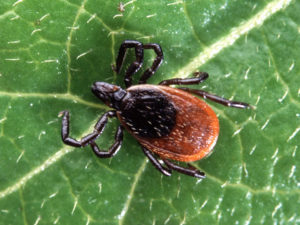 For a very long time, certain regions of the United States were not believed to have Lyme-carrying ticks. For this reason, many patients were never even considered for Lyme testing when they began to show symptoms that mimic other ailments. In recent years, especially with highly-publicized cases of misdiagnoses, doctors in these areas are starting to test for Lyme when symptoms common among other illnesses show up in patients. To say that there has been a learning curve in diagnosing Lyme is an understatement. People, who live in the south and other supposed less-affected areas might still find themselves fighting for proper Lyme diagnoses.
For a very long time, certain regions of the United States were not believed to have Lyme-carrying ticks. For this reason, many patients were never even considered for Lyme testing when they began to show symptoms that mimic other ailments. In recent years, especially with highly-publicized cases of misdiagnoses, doctors in these areas are starting to test for Lyme when symptoms common among other illnesses show up in patients. To say that there has been a learning curve in diagnosing Lyme is an understatement. People, who live in the south and other supposed less-affected areas might still find themselves fighting for proper Lyme diagnoses.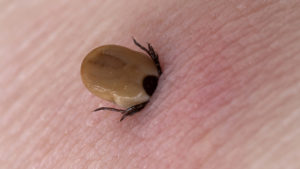
 Because Lyme symptoms range from extreme fatigue, headache, and joint pain to cognitive impairment, it can be mistaken for the disease mentioned above, as well as others. These include ALS, multiple sclerosis, and fibromyalgia. In children, hyperactivity and other cognitive impairments lead to misdiagnoses of ADD and even learning disabilities.
Because Lyme symptoms range from extreme fatigue, headache, and joint pain to cognitive impairment, it can be mistaken for the disease mentioned above, as well as others. These include ALS, multiple sclerosis, and fibromyalgia. In children, hyperactivity and other cognitive impairments lead to misdiagnoses of ADD and even learning disabilities.